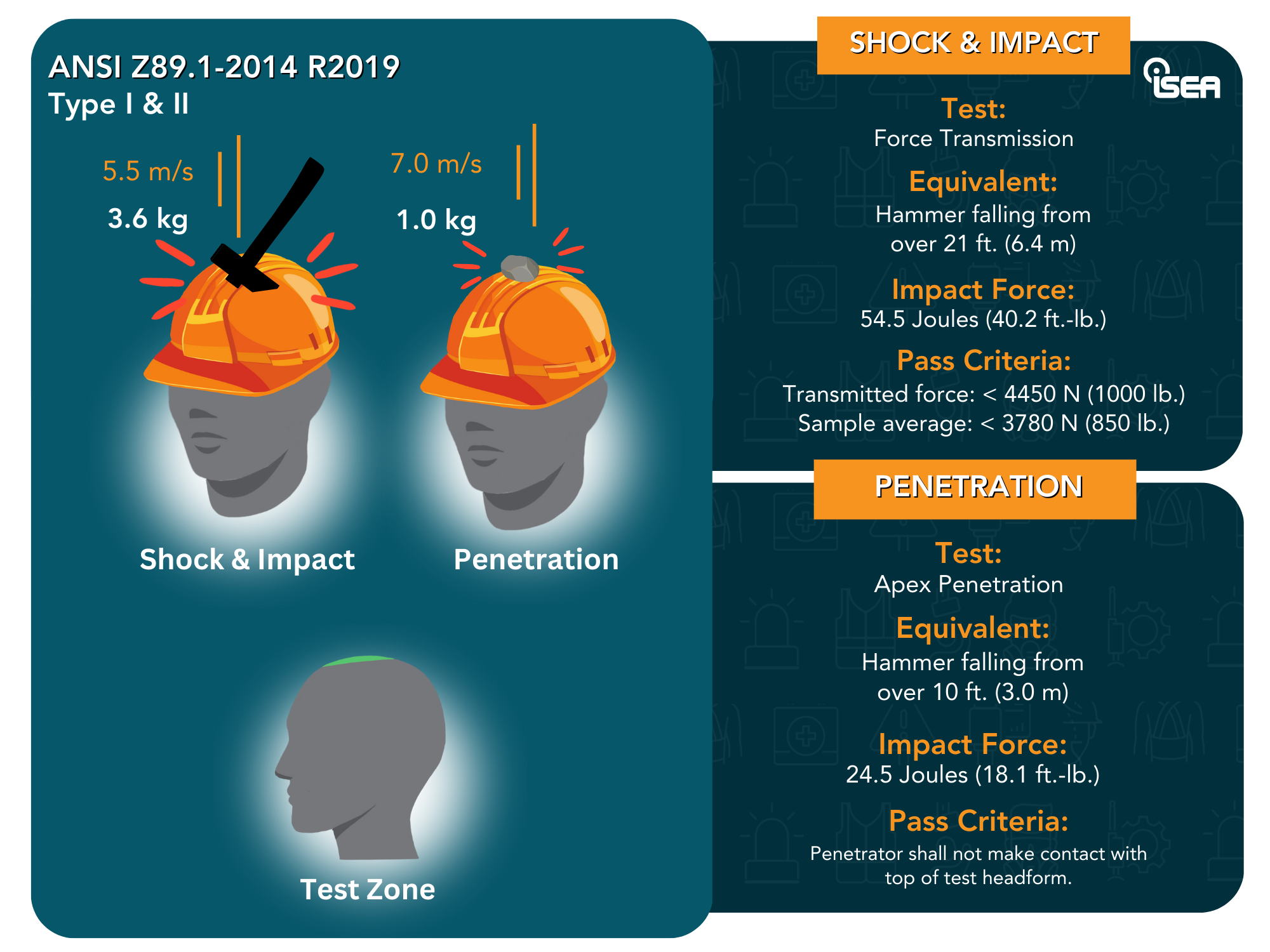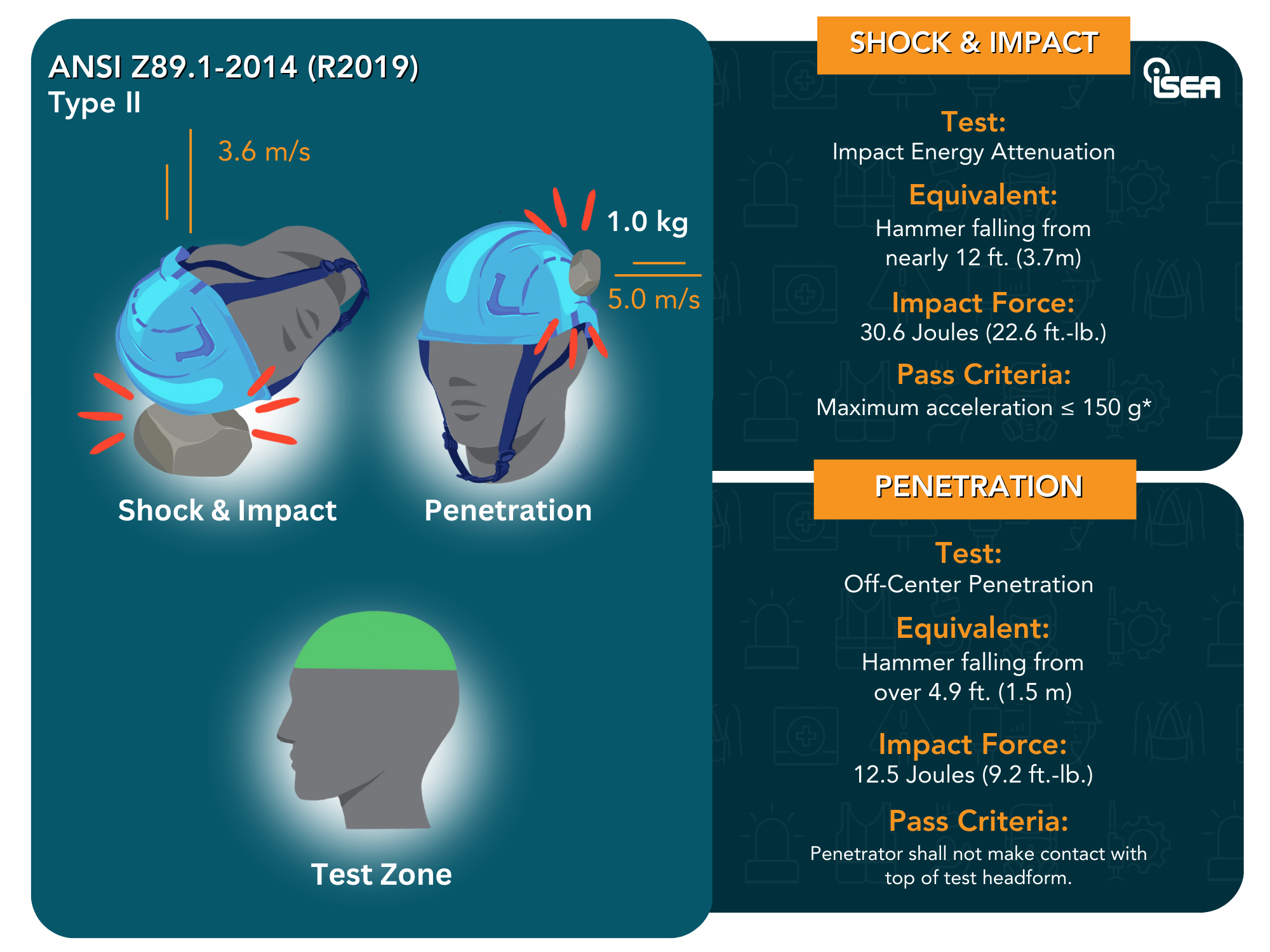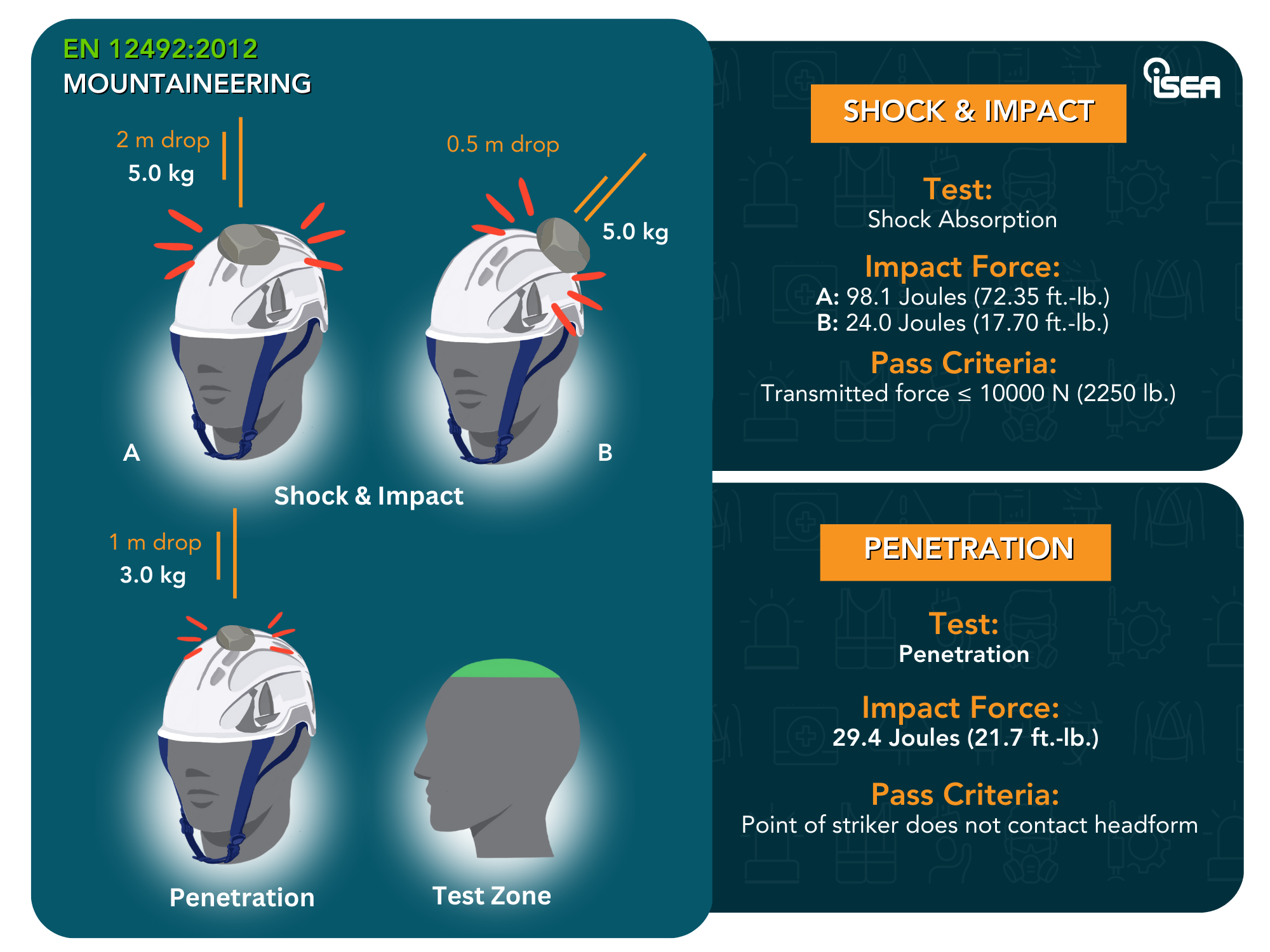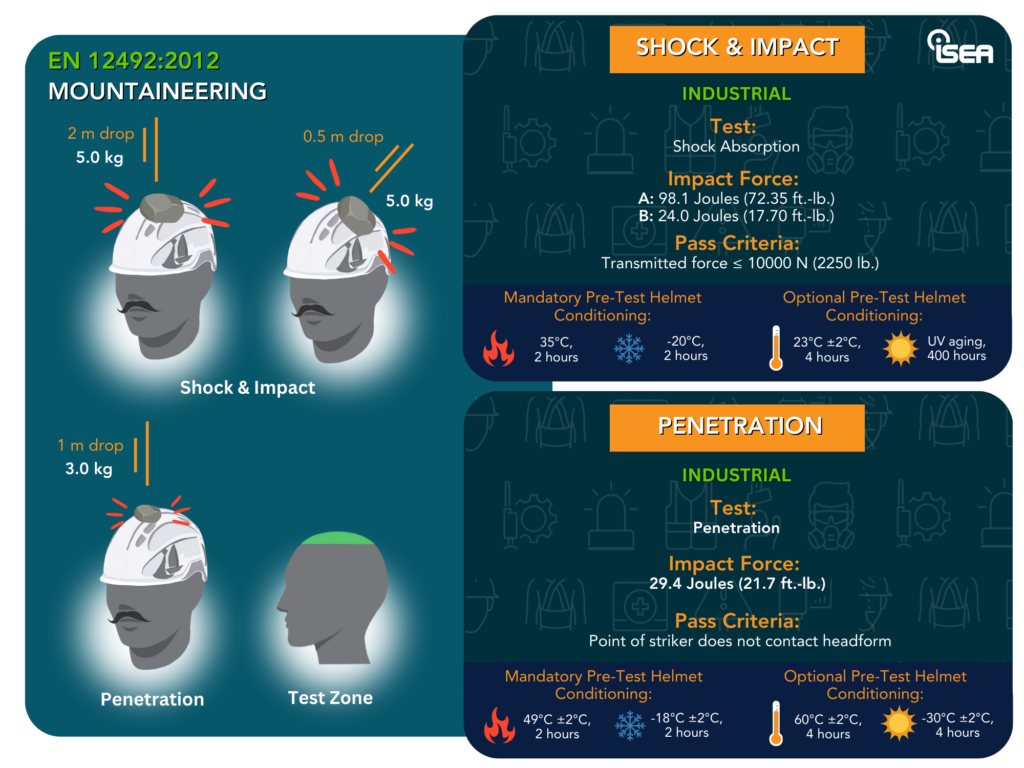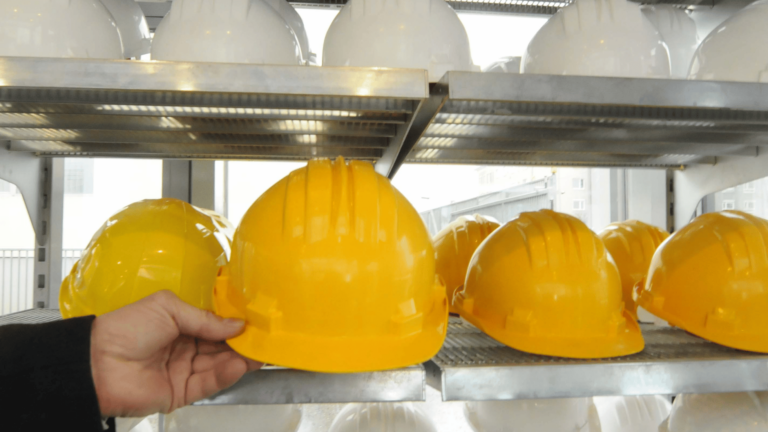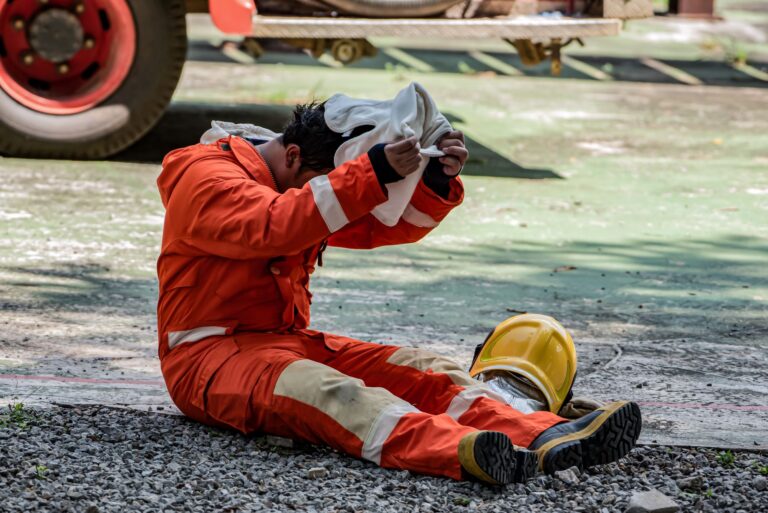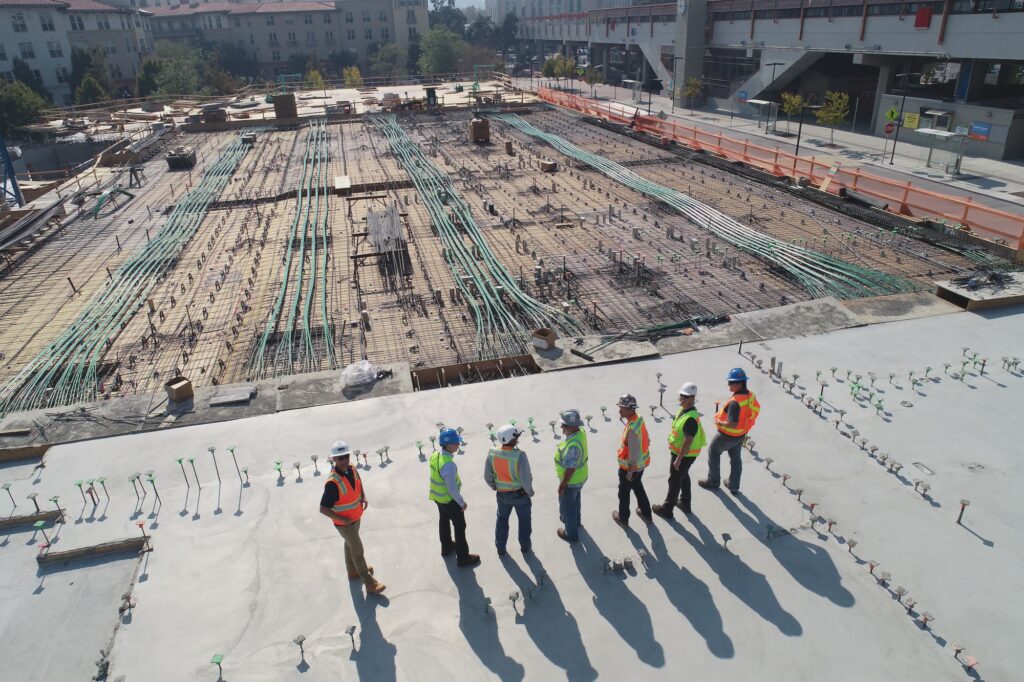Know the Facts
Choosing the Right Head Protection
There are a lot of misconceptions about industrial head protection available today. The stakes couldn’t be higher: 195,720 head injuries to workers in the US were reported from 2021 to 2022, and 684 workers died from their injuries in 2022. Fewer than half of workers experiencing a fall-related head injury were wearing any head protection.
When it comes to head protection, there’s no one-size-fits all solution. It’s essential to select the appropriate type and class of head protection for the specific work environment and potential hazards (more on this below). To do that, you need to understand the various styles and types of head protection on the market.
Head Protection Today
Fact or Fiction?
Several myths and misconceptions exist regarding the different types and styles of head protection. Let’s unravel the truth behind this essential PPE.
SAFETY
FICTION
Blanket statements like this are confusing and misleading. When picking the right head protection for your job, make sure to consider all hazards and job requirements.
No single type of head protection is “best” or “safest.”
REGULATION
FICTION
OSHA provides its inspectors with climbing-style head protection. This internal OSHA decision has no impact on whether OSHA will issue a citation. OSHA requires head protection of any style that meets the ANSI/ISEA Z89.1 standard.
TRADITIONAL
FICTION
Be wary of terms like “traditional hard hats” – while protecting workers for over 100 years, hard hats are available with cutting-edge innovations in material science, cooling technology, and sensors.
Many varieties of head protection are available with chin straps and a wide variety of accessories, including earmuffs, goggles, and more.
STANDARDS
FACT & FICTION
A climbing-style helmet can meet the requirements of the current Z89.1-2014 (R2019) standard, as either a Type I or Type II. The standard is performance based and does not describe the style or design of the helmet.
ISEA is working with members of its Head Protection Product Group on the revision of ANSI/ISEA Z89.1. This revision will include new test methods and optional approvals to better define new head protection offerings in the market.
STANDARDS
FICTION
These are two separate performance standards from two different parts of the world. EN12492 is the European standard for mountaineering helmets. ANSI/ISEA Z89.1 is the American standard for industrial head protection, and OSHA requires US employers to provide head protection that meets or exceeds this standard.
These standards have some similarities in terms of impact and penetration resistance, but there are differences in other performance criteria. Head protection that conforms to either or both offers various levels of protection.
COMFORT
FACT
Modern industrial head protection is designed with comfort in mind. Many feature adjustable suspension systems, ventilation, and padding to ensure a secure and comfortable fit for extended wear. Make sure to try several head protection options to find one that fits comfortably.
CHOICE
FACT
Your choice of head protection should be based on a thorough assessment of the hazards present in your workplace. Conducting a hazard analysis is crucial to determine which type of head protection is best suited to protect you and your workers against the specific risks they face.
CHIN STRAPS
FACT
The ANSI/ISEA Z89.1 standard does not require the inclusion of a chin strap for retention. However, if Type II protective headgear does have a chin strap, the standard requires it to be at least 0.5 inches wide, and strap elongation cannot be greater than 1 inch. It must be tested for retention.
EN12492 requires the inclusion of a chin strap. The chin strap is required to be at least 0.5 inches wide, and strap elongation cannot be greater than 1 inch. It must be tested for retention.
TYPE I VS TYPE II
FICTION
According to ANSI/ISEA Z89.1, head protection may meet Type I or Type II. Type 1 protects against top of the head impact, and Type 2 protects against both top of the head and side/crown impacts. Therefore, a Type II helmet will meet all of the performance requirements of a Type I helmet.
If a helmet or hard hat doesn’t conform to Z89.1, you can’t be sure of the type of protection it offers.
EVOLUTION
FACT
PPE and safety standards are always evolving. We are seeing that evolution now with advancements in industrial head protection. PPE and safety equipment providers will always supply head protection that is best for their customers based on the job for which workers need protection.
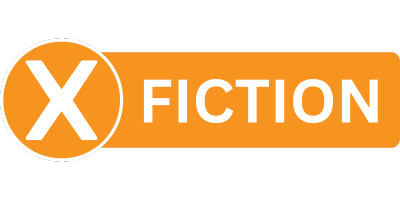
Blanket statements like this are confusing and misleading. When picking the right head protection for your job, make sure to consider all hazards and job requirements.
No single type of head protection is “best” or “safest.”

Be wary of terms like “traditional hard hats” – while protecting workers for over 100 years, hard hats are available with cutting edge innovations in material science, cooling technology, and sensors.
Hard hats, just like climbing-style helmets, are
also available with chin straps and a wide variety of accessories, including earmuffs, goggles, and more.

These are two separate performance standards from two different parts of the world. EN12492 is the European standard for mountaineering helmets. ANSI/ISEA Z89.1 is the American standard for industrial head protection, and OSHA requires US employers to provide head protection that meets or exceeds this standard.
These standards have some similarities in terms of impact and penetration resistance, but there are differences in other performance criteria. Head protection that conforms to either or both offers various levels of protection. It’s important to understand testing requirements for each when choosing which offers the best protection for the job at hand.
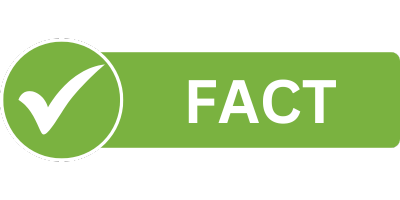
The ANSI/ISEA Z89.1 standard does not require the inclusion of a chin strap for retention, however, if Type II protective headgear does have a chin strap, the standard requires it to be at least 0.5 inches wide, and strap elongation cannot be greater than 1 inch. It must be tested for retention.
EN12492 requires the inclusion of a chin strap. The chin strap is required to be at least 0.5 inches wide, and strap elongation cannot be greater than 1 inch. It must be tested for retention.

According to ANSI/ISEA Z89.1, head protection may meet Type I or Type II. Type 1 protects against top of the head impact, and Type 2 protects against both top of the head and side/crown impacts. Therefore, a Type II helmet will meet all of the performance requirements of a Type I helmet.
If a helmet or hard hat doesn’t conform to Z89.1, you can’t be sure of the type of protection it offers.

OSHA provides its inspectors with climbing-style head protection. This internal OSHA decision has no impact whatsoever on whether or not OSHA will issue a citation. OSHA requires head protection of any style that meets the ANSI/ISEA Z89 standard.

&

A climbing-style helmet can meet the requirements of the current Z89.1-2014 standard, as either a Type I or Type II. The standard is performance based and does not describe the style or design of the helmet.
ISEA is working with members of its Head Protection Product Group on the revision of ANSI/ISEA Z89.1, with an expected publish date in Q4. This revision will include new test methods and optional approvals to better define new head protection offerings in the market.

Modern industrial head protection is designed with comfort in mind. Many feature adjustable suspension systems, ventilation, and padding to ensure a secure and comfortable fit for extended wear. Make sure to try several head protection options to find one that fits comfortably.

Your choice of head protection should be based on a thorough assessment of the hazards present in your workplace. Conducting a hazard analysis is crucial to determine which type of head protection is best suited to protect you and your workers against the specific risks they face.

PPE and safety standards are always evolving. We are seeing that evolution now with advancements in industrial head protection. PPE and safety equipment providers will always supply is best for their customers based on the job for which workers need protection.
Get the Standard
ANSI/ISEA Z89.1 – 2014 (R2019)
American National Standard for Industrial Head Protection
Read the Label
Don't Judge a Helmet
by Its Shell
When selecting the right head protection for the task at hand, don’t judge a book by its cover (or in this case, “don’t judge head protection by the shell”.)
You can’t simply look at a piece of head protection and know what level of protection it offers. To pick the right protection for the job at hand, read the label.
While they’re widely used by the industry, terms like “hard hat” or “safety helmet” aren’t currently defined in Z89.1. Further complicating matters, styles vary by manufacturer and are constantly evolving.
So don’t pick head protection based on whether it’s marketed as a hard hat or safety helmet. Style is not the same as protection. Read the label.
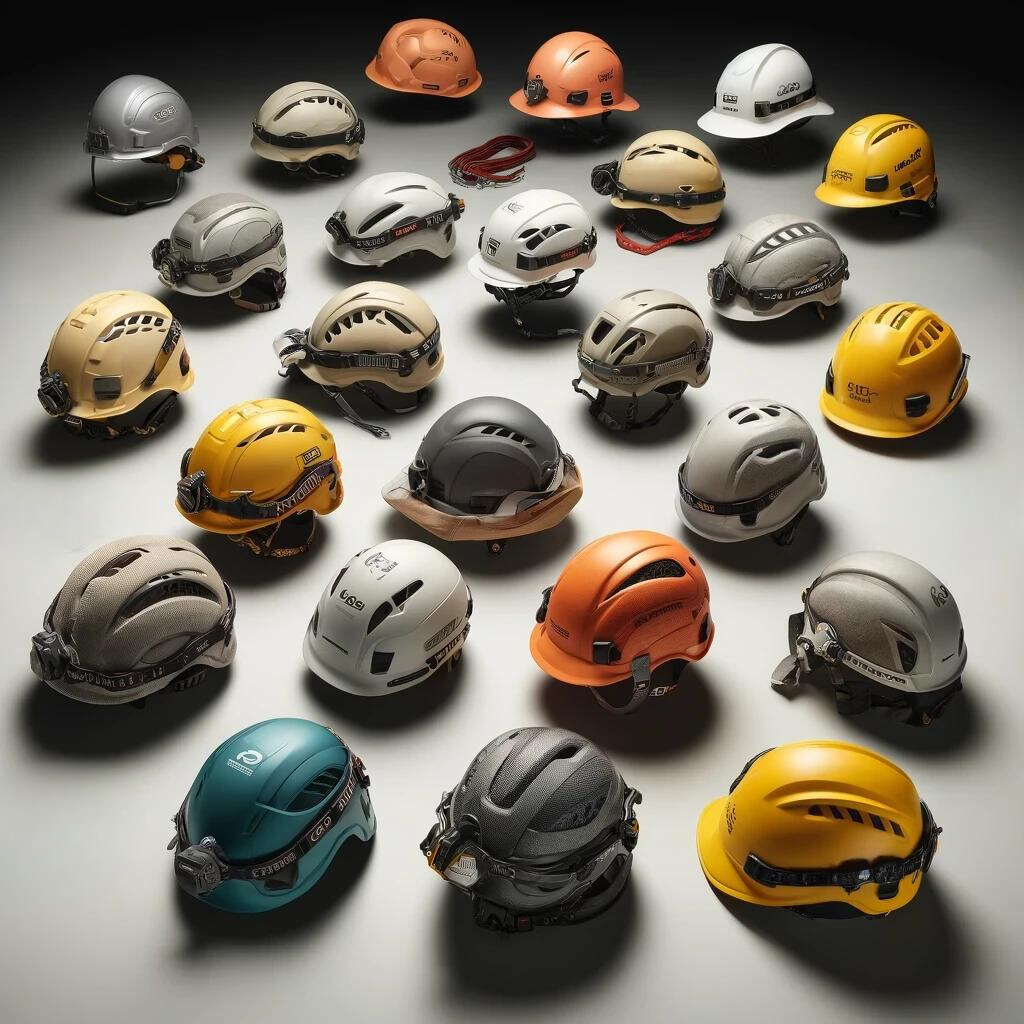
What Head Protection Options Are Available?
There are many varieties, types, and styles of head protection that conform to safety standards from around the world. In the United States, OSHA requires employers to provide head protection that conforms to ANSI/ISEA Z89.1, and some employers require head protection that also conforms to sections of the European Standard EN 12492.
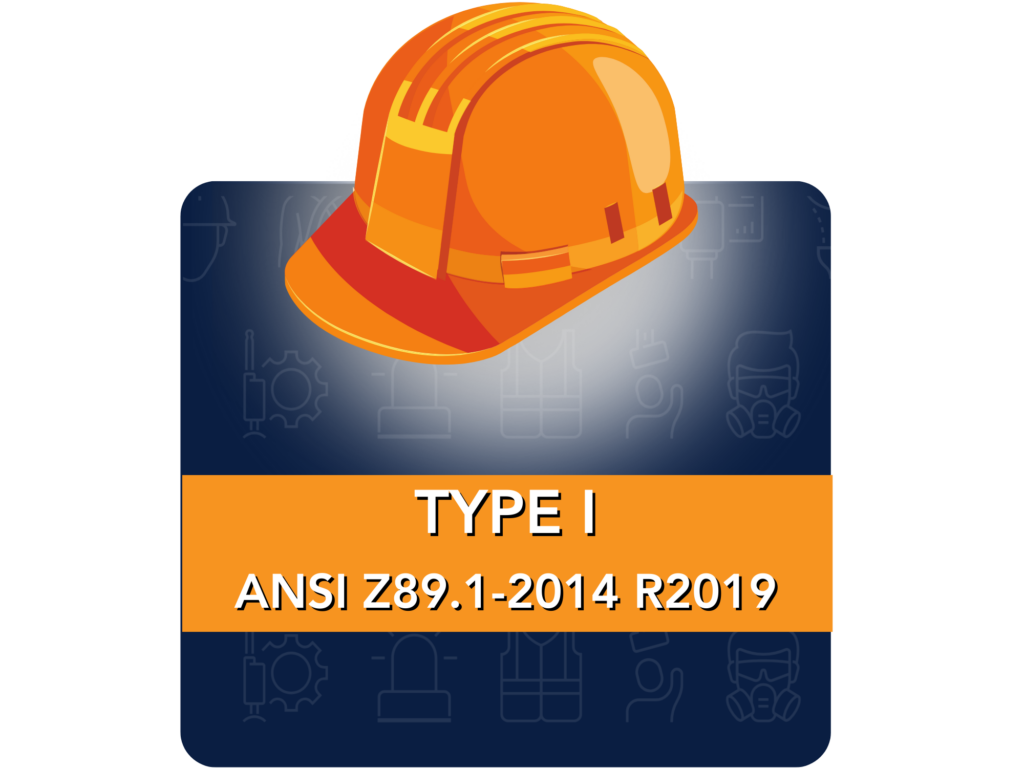
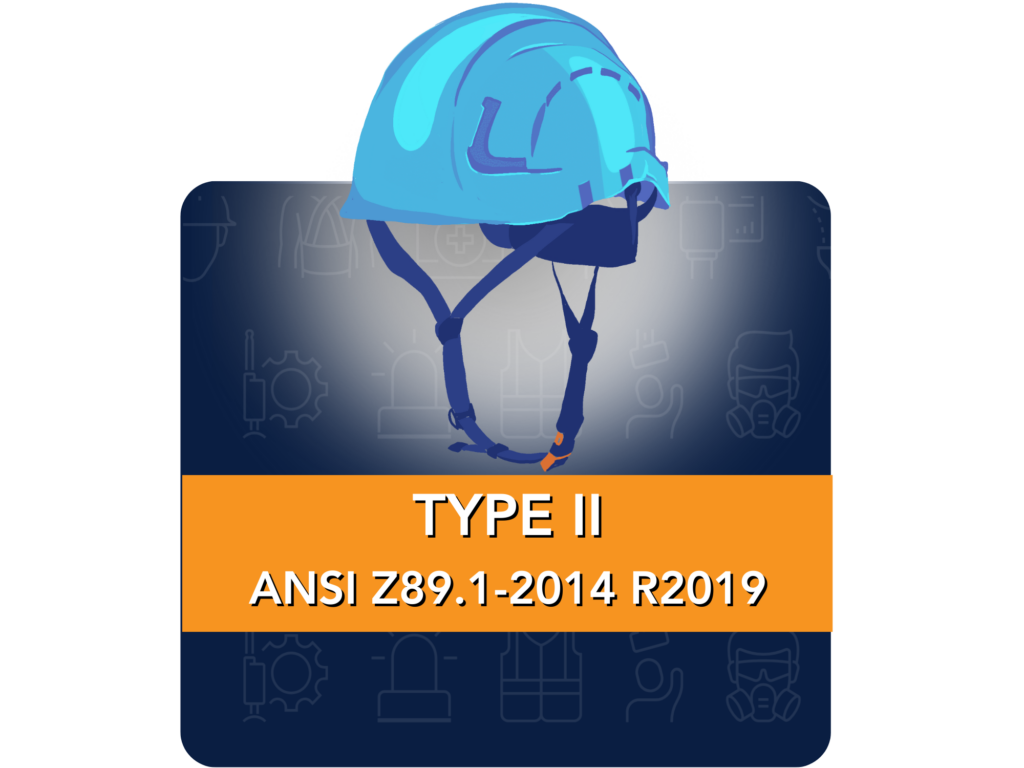
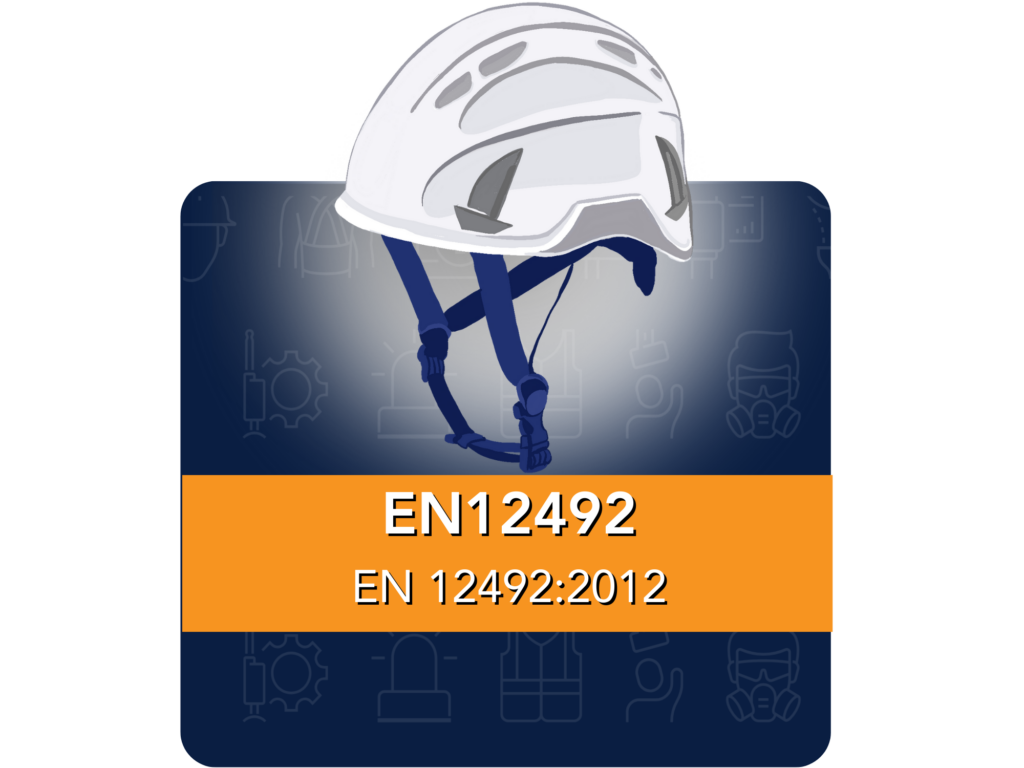
What Do These Standards Tell Us?
Industrial head protection goes through many types of testing to provide the best protection possible. Learn about testing requirements for ANSI, CSA, and EN standards for head protection.
Get Your Copy Now
Head Protection
Key to Helping Prevent Brain Injury
Scott Earnest, Associate Director of the National Institute for Occupational Safety and Health (NIOSH) Construction Office and Co-Chair of the NORA Construction Sector Council; and Stacey Simmons, Chair of the ISEA Head Protection Product Group discuss the importance of wearing head protection to prevent traumatic brain injuries among construction workers and how best to choose the appropriate one.
Additional Resources
Find Head Protection
OSHA Safety & Health Information Bulletin:
Head Protection: Safety Helmets in the Workplace
US Mandates:
OSHA Standard – 1910.135 – head protection
OSHA Safety & Health Bulletin (2024):

